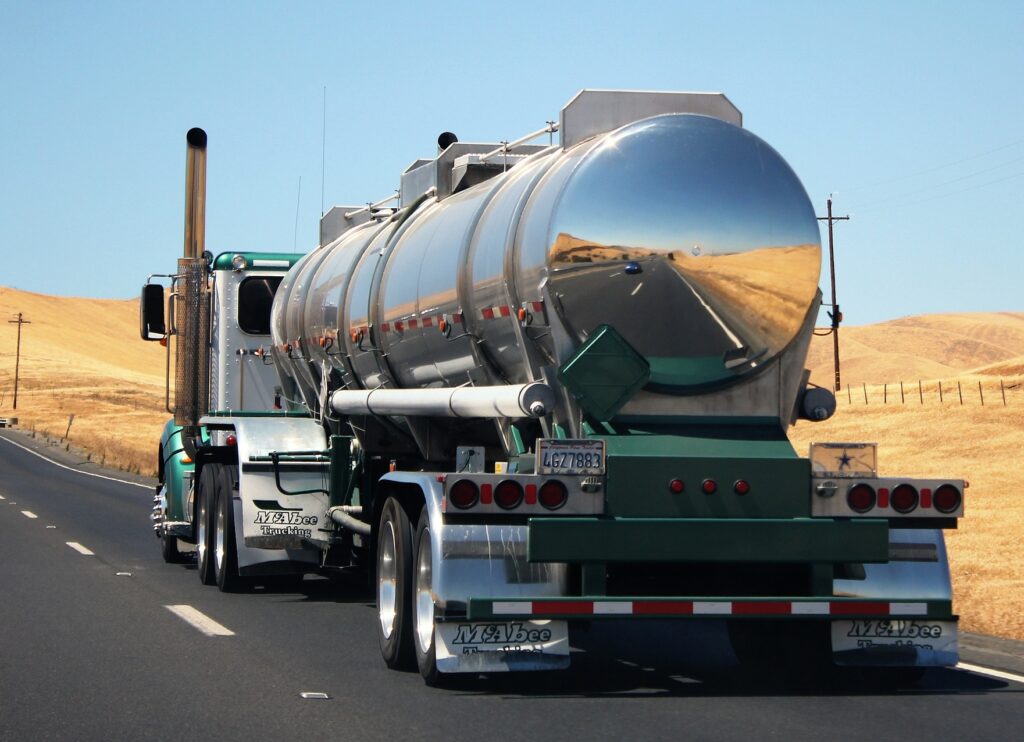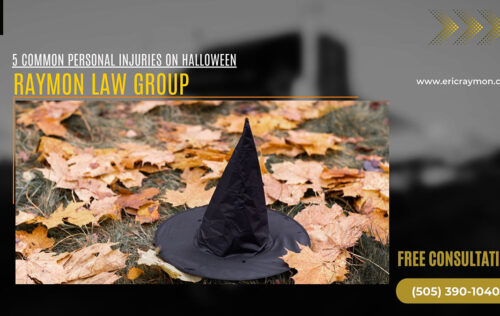ALBUQUERQUE TRIAL BLOG
Downhill Braking Best Practices That Truckers Must Follow
 A fully loaded big rig truck weighs up to 80,000 pounds. When a truck crashes into a motorcycle, pedestrian, or a regular passenger vehicle, severe injuries are likely to occur.
Under the best conditions, trucks take twice as long to stop as cars. But stopping time increases if trucks are poorly maintained or when drivers are using faulty braking techniques. This creates an unacceptable hazard for other motorists.
To keep everyone safe on the road, trucking firms must hire qualified drivers and monitor them to make sure they’re doing a good job. It’s also crucial to inspect trucks regularly and see to it that necessary repairs are being made.
There’s nothing on the road more dangerous than a runaway truck! When trucking companies try to cut corners to save a little money, it causes catastrophic accidents that can harm you and your passengers. That’s why negligent hiring and poor truck maintenance cannot be tolerated.
A fully loaded big rig truck weighs up to 80,000 pounds. When a truck crashes into a motorcycle, pedestrian, or a regular passenger vehicle, severe injuries are likely to occur.
Under the best conditions, trucks take twice as long to stop as cars. But stopping time increases if trucks are poorly maintained or when drivers are using faulty braking techniques. This creates an unacceptable hazard for other motorists.
To keep everyone safe on the road, trucking firms must hire qualified drivers and monitor them to make sure they’re doing a good job. It’s also crucial to inspect trucks regularly and see to it that necessary repairs are being made.
There’s nothing on the road more dangerous than a runaway truck! When trucking companies try to cut corners to save a little money, it causes catastrophic accidents that can harm you and your passengers. That’s why negligent hiring and poor truck maintenance cannot be tolerated. What Causes a Truck’s Brakes to Fail?
Like the brakes in your car, trucks rely on friction to slow down. But since a truck is so much larger than a car, the brakes must be properly balanced. If there’s more wear in one area, that’s a clear sign that brakes need to be adjusted to prevent failure and serious accidents such as jackknifing or rollovers.
In addition to poor maintenance, another major hazard is improper braking techniques, especially when a truck is traveling downhill. Truckers can’t simply rely on their brakes to reduce speed when traveling on a steep decline because that causes overheating.
Truck drivers must take special measure to slow down gradually and protect their brakes. This requires downshifting into the correct gear and applying brakes intermittently.
Safe Downhill Braking
Experienced truckers with safe driving records know how to prevent brake failure. It’s crucial for drivers to do the following when traveling downhill:
- Check brakes before every trip.
- Keep an eye on your pressure gauge.
- Press and release brakes gradually.
- Slow down and downshift before a decline begins.
- Avoid using brakes as much as possible.
- Never exceed the speed limit.
- Look out for steep grade warning signs.
- Choose the correct gear based on weight and grade.
- Pull over immediately if the brake pressure warning light flashes.
- Use runaway truck ramps to avoid crashes in an emergency.
Unsafe Drivers Are a Hazard to Everybody
Responsible trucking firms hire experienced drivers and provide them with the necessary training to do the job right. They also make sure drivers aren’t fatigued from logging too many miles. Effective managers keep an eye on their drivers and use “How am I driving?” stickers to prevent them from taking unnecessary risks.
The best way to keep everybody safe on the road is for trucking companies to hire experienced employees with good driving records. But managers don’t always take the time to review a potential driver’s DMV records and check their references.
Holding People Responsible for Their Actions
- Current and future medical bills
- Disfigurement
- Time missed from work
- Reduced earning potential
- Pain and suffering
- Rehabilitation and physical therapy




